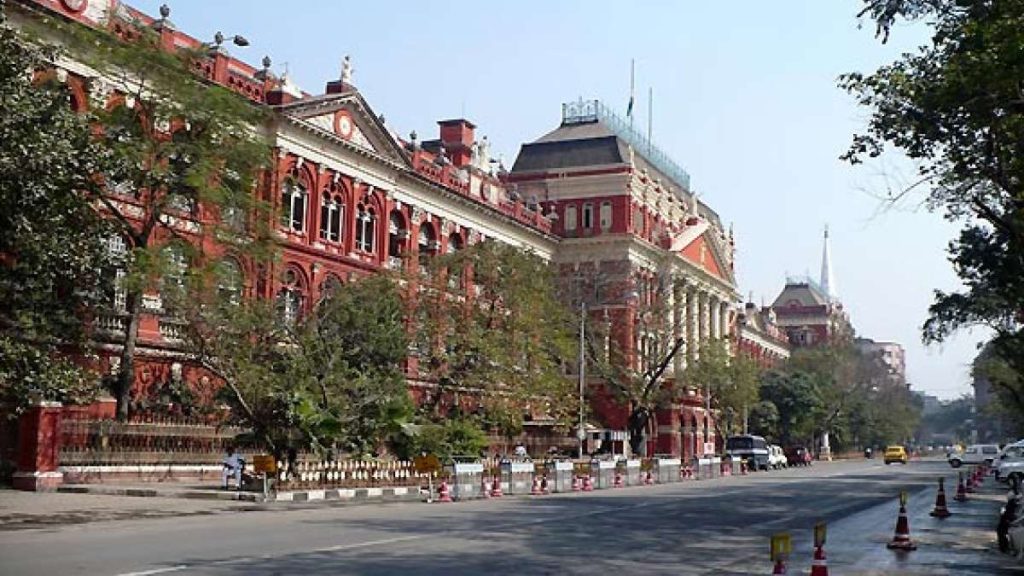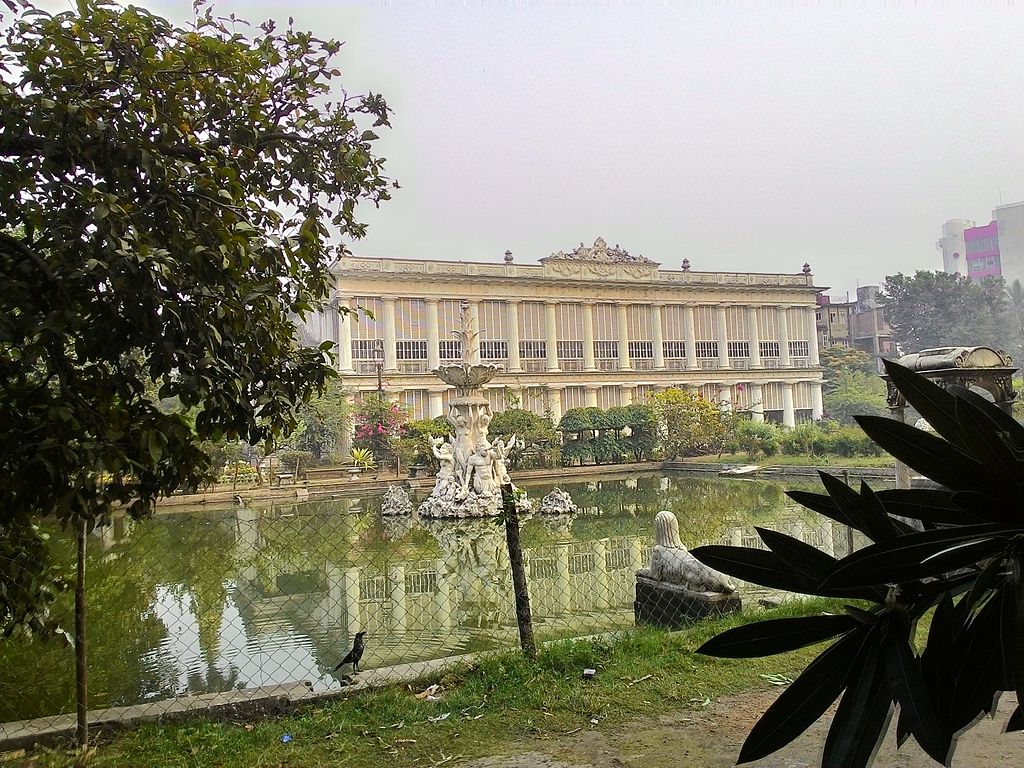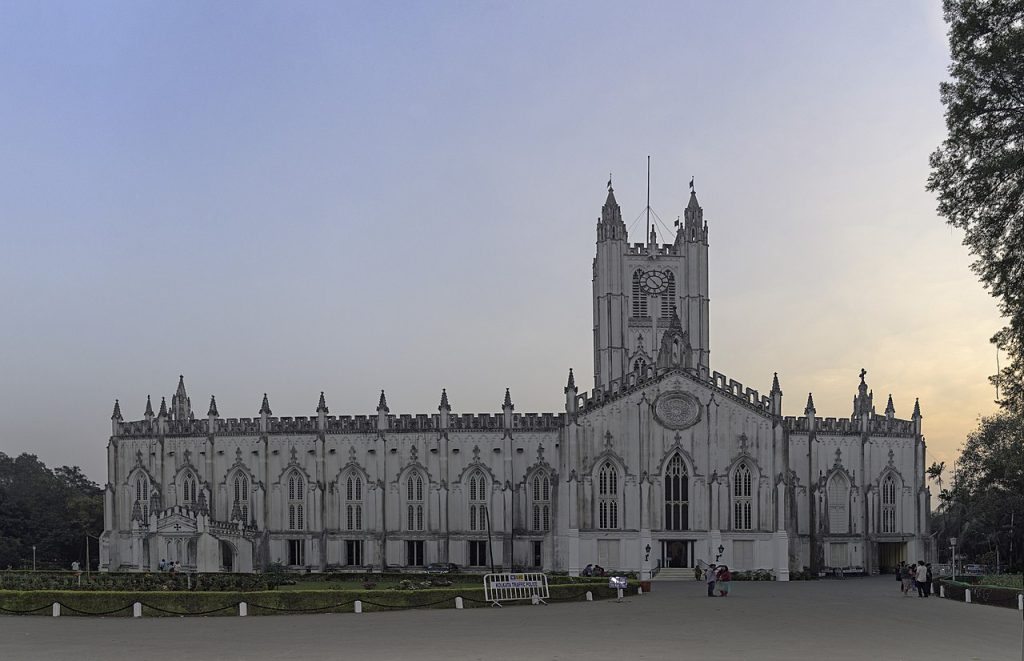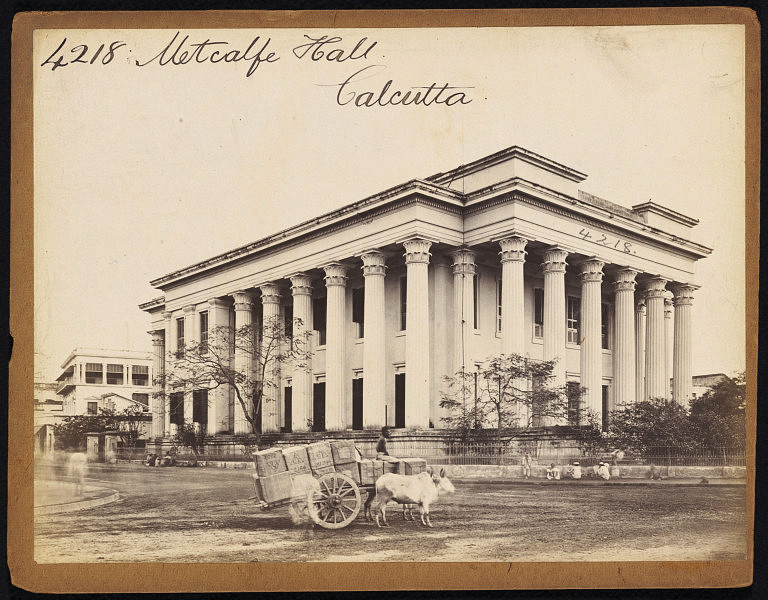The City of Joy: Exploring Kolkata’s British Colonial Architectural Gems Jul 5, 2024

Kolkata, the former capital of British India, is a living tapestry woven with threads of history, culture, and architectural splendour. Among its many treasures lies a magnificent array of buildings that bear witness to the city’s colonial past. These edifices, masterfully crafted by British architects and engineers, stand as enduring testaments to the era when the East India Company and the British Raj left an indelible mark on the region.
As you wander through the streets of Kolkata, you’ll find yourself transported to a bygone era, where the grandeur of imperial architecture still captivates the eye and ignites the imagination. From opulent government buildings to imposing mansions, each structure tells a story of power, prestige, and the melding of Eastern and Western architectural styles.
The Victoria Memorial: A Monumental Tribute to Empire
No discussion of Kolkata’s colonial architecture would be complete without mentioning the Victoria Memorial, a breathtaking marvel that stands as a testament to the grandeur of British rule in India. Commissioned in 1906 to commemorate the life and legacy of Queen Victoria, this colossal marble structure is a masterpiece of Indo-Saracenic architecture, a style that seamlessly blends Indian and Islamic design elements with European influences.
As you approach the Victoria Memorial, you’ll be awestruck by its sheer scale and intricate detailing. The building’s central dome, reminiscent of the iconic St. Paul’s Cathedral in London, soars majestically into the sky, while the surrounding gardens and reflecting pools create a serene and picturesque setting. Step inside, and you’ll be greeted by a grand atrium adorned with exquisite marble floors, ornate chandeliers, and stunning murals depicting scenes from Indian history and mythology.
The Writers’ Building: A Masterpiece of Neo-Renaissance Grandeur

No architectural tour of Kolkata’s colonial heritage would be complete without a visit to the iconic Writers’ Building. Constructed between 1776 and 1780, this stately edifice served as the office of the writers or junior clerks of the East India Company. Its imposing façade, adorned with Ionic-Corinthian columns and intricate carvings, exudes an air of authority and elegance that has withstood the test of time.
As you stand before this magnificent structure, you can’t help but marvel at the meticulous attention to detail and the harmonious blend of European and Indian influences. The building’s central portico, with its grand arched entrance, beckons you to step inside and explore its richly adorned interiors, where intricate mouldings, ornate chandeliers, and soaring ceilings transport you to a world of opulence and grandeur.
The Marble Palace: A Fusion of East and West

While many of Kolkata’s colonial buildings were commissioned by the British, the Marble Palace stands as a testament to the architectural prowess of Bengal’s wealthy elite. Built in the early 19th century by Raja Rajendra Mullick, a wealthy Bengali merchant, this palatial residence is a captivating fusion of European and Indian architectural styles.
As you approach the palace, you’ll be struck by its imposing façade, which combines elements of Neoclassical and Bengali architectural styles. Inside, you’ll be transported to a world of opulence and grandeur, where every room is a symphony of intricate carvings, intricate frescoes, and exquisite artworks.
One of the palace’s most striking features is the Grand Staircase, a breathtaking marvel of marble and mahogany that winds its way up to the upper floors. As you ascend the stairs, you’ll be surrounded by an array of sculptures, paintings, and decorative elements that reflect the fusion of Eastern and Western artistic traditions.
The St. Paul’s Cathedral: An Architectural Masterpiece of Gothic Revival

No exploration of Kolkata’s colonial architecture would be complete without a visit to the magnificent St. Paul’s Cathedral. Constructed between 1839 and 1847, this stunning edifice is a prime example of Gothic Revival architecture, a style that sought to revive the grandeur and intricate detailing of medieval European cathedrals.
As you approach the cathedral, you’ll be struck by its soaring spires and intricate façade, adorned with intricate carvings, flying buttresses, and ornate stained-glass windows. Step inside, and you’ll be enveloped by a sense of awe and reverence, as the cathedral’s vaulted ceilings, intricately carved columns, and beautiful stained-glass windows create an atmosphere of sacred beauty.
The Metcalfe Hall: A Blend of Classical and Indian Styles

While many of Kolkata’s colonial buildings were designed by British architects, the Metcalfe Hall stands as a testament to the architectural ingenuity of Indian builders and craftsmen. Constructed in 1844, this grand hall was designed by a Bengali architect, Jiban Krishna Neogi, and seamlessly blends elements of classical European architecture with traditional Indian motifs and design elements.
As you approach the Metcalfe Hall, you’ll be struck by its imposing façade, adorned with Corinthian columns, intricate carvings, and a grand central portico. Inside, the hall is a feast for the senses, with soaring ceilings adorned with intricate frescoes, ornate chandeliers, and walls adorned with exquisite carvings and decorative elements that reflect the rich cultural heritage of Bengal.
Kolkata’s colonial architecture is a living testament to the city’s rich and complex history, a tapestry woven with threads of East and West, tradition and modernity. As you explore these architectural gems, you’ll be transported to a bygone era, where the grandeur of imperial rule and the vibrant cultural heritage of Bengal converged to create masterpieces that have withstood the test of time.
Whether you’re a history buff, an architecture enthusiast, or simply someone who appreciates the beauty and significance of these enduring structures, Kolkata’s colonial buildings are sure to leave you spellbound and inspire a deeper appreciation for the city’s rich cultural heritage.
References:
- “Writers’ Building” – Calcutta Web (https://calcuttaweb.com/writers.shtml)
- “Victoria Memorial” – Incredible India (https://www.incredibleindia.org/content/incredible-india-v2/en/destinations/kolkata/victoria-memorial.html)
- “Marble Palace” – Kolkata Tourism (https://www.kolkatatorism.com/marble-palace)
- “St. Paul’s Cathedral, Kolkata” – Wikipedia (https://en.wikipedia.org/wiki/St._Paul%27s_Cathedral,_Kolkata)
- “Metcalfe Hall” – Kolkata Tourism (https://www.kolkatatorism.com/metcalfe-hall)
